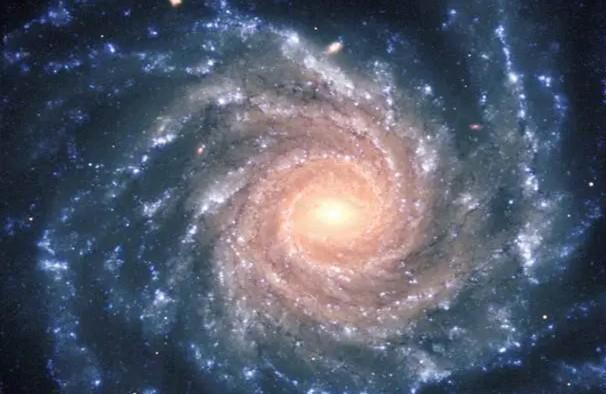
Largest Sample of Galaxies Up to Over 12 Billion Light Years Away Observed
The James Webb Space Telescope has once again made a groundbreaking discovery, this time unveiling the largest sample of galaxy groups ever detected. The soon-to-be published images span a period of approximately 11 billion years, from around 12 billion years ago to 1 billion years ago. The findings are a significant milestone in the field of astronomy, allowing scientists to observe some of the first galaxies formed in the universe.
Led by Dr. Ghassem Gozaliasl, the international team of astronomers used data from the James Webb Space Telescope to detect the massive sample of galaxy groups. The telescope’s advanced technology enabled the researchers to capture high-resolution images of distant galaxies, providing valuable insights into the early universe’s formation and evolution.
“We’re able to observe some of the first galaxies formed in the universe,” Dr. Gozaliasl exclaimed. “This is a major step forward in our understanding of galaxy formation and the evolution of the universe.”
The James Webb Space Telescope is designed to observe the universe in infrared light, which allows it to peer through dust and gas to detect distant galaxies. The telescope’s unique capabilities have enabled scientists to study the formation of the first galaxies in unprecedented detail.
The newly detected galaxy groups are significant because they provide a window into the early universe’s structure and evolution. The galaxies are thought to have formed during a period known as the “dark ages,” when the universe was still in its early stages of development.
During this time, the universe was filled with neutral hydrogen gas, which made it difficult for light to travel long distances. However, as the gas was ionized by the first stars and galaxies, the universe became transparent, allowing light to travel freely.
The James Webb Space Telescope’s observations of the galaxy groups provide evidence of this process, with the galaxies appearing as faint, distant points of light. The images are a testament to the telescope’s capabilities, with the researchers able to detect galaxies that are over 12 billion light-years away.
The discovery of the galaxy groups is not only a significant milestone in the study of galaxy formation but also provides valuable insights into the early universe’s evolution. The researchers are able to study the properties of the galaxies, such as their size, shape, and composition, which will help scientists better understand the universe’s formation and evolution.
“This is a major breakthrough in our understanding of the early universe,” said Dr. Gozaliasl. “The James Webb Space Telescope has given us the capability to study the earliest galaxies in unprecedented detail, and we’re excited to see what other discoveries we can make with this incredible technology.”
The results of the study are set to be published in a forthcoming paper, with the researchers eagerly anticipating the opportunity to share their findings with the scientific community. The discovery is a testament to the power of international collaboration and the importance of continued investment in space exploration.
As the James Webb Space Telescope continues to make groundbreaking discoveries, scientists are one step closer to understanding the mysteries of the universe. The telescope’s observations of the galaxy groups are a significant step forward in our understanding of galaxy formation and the evolution of the universe.
Source:






